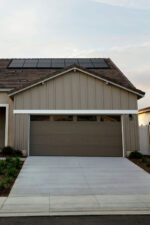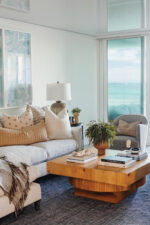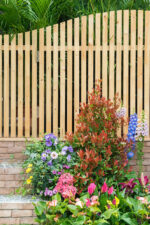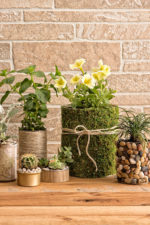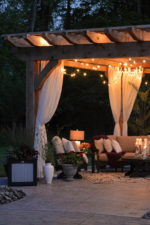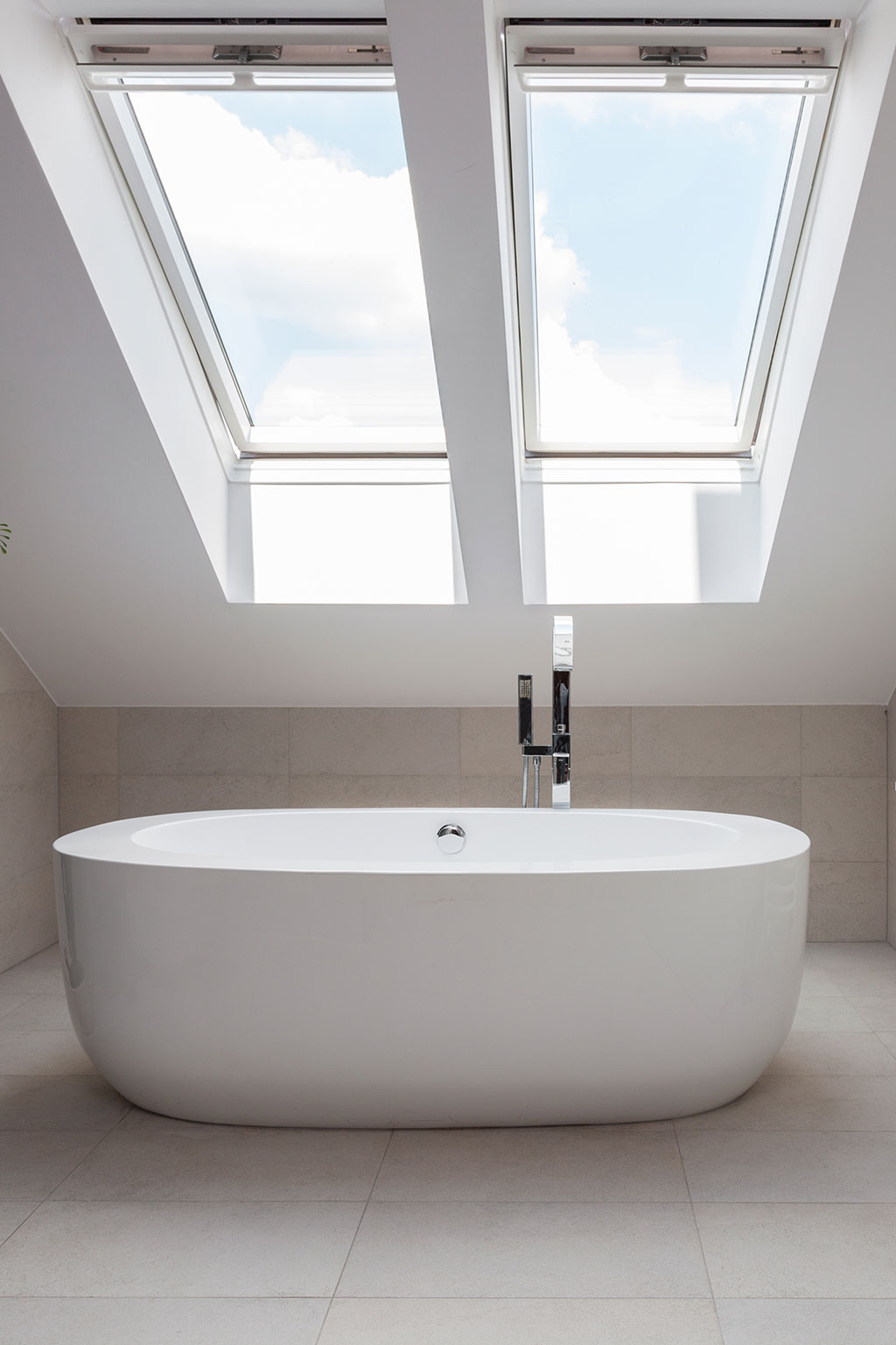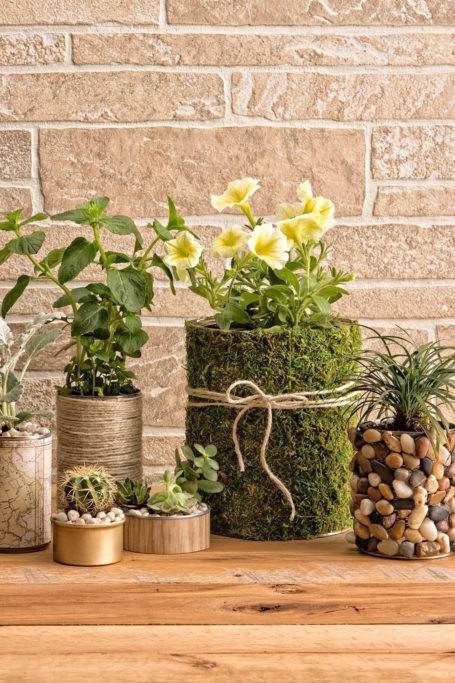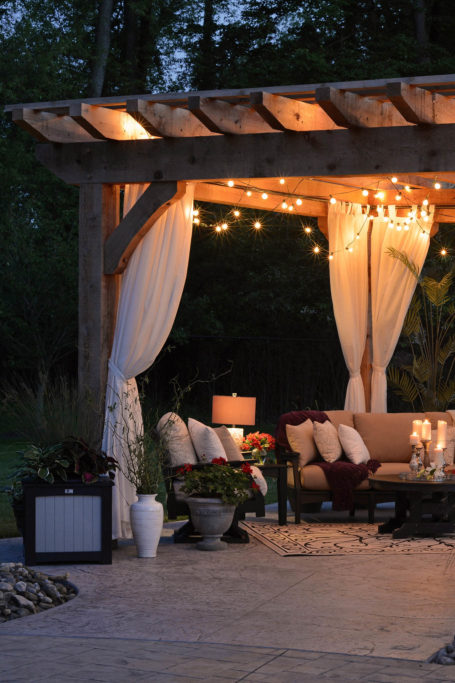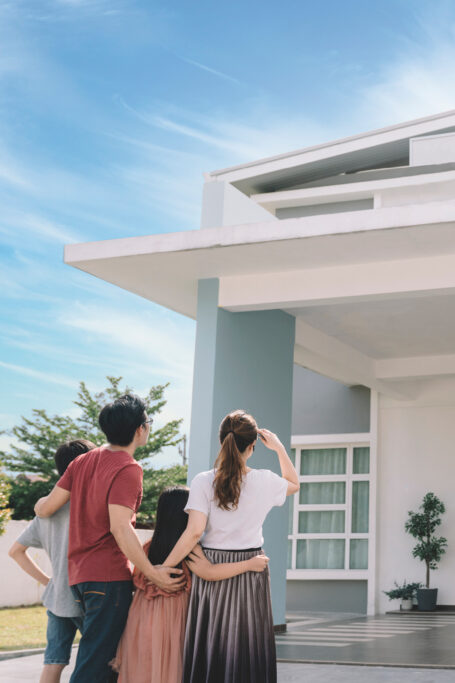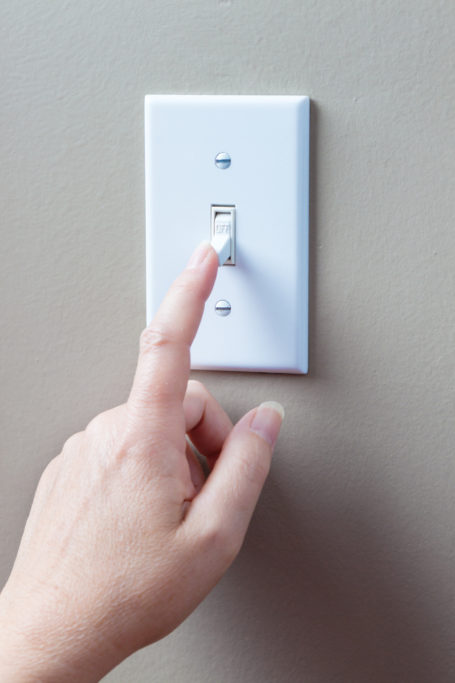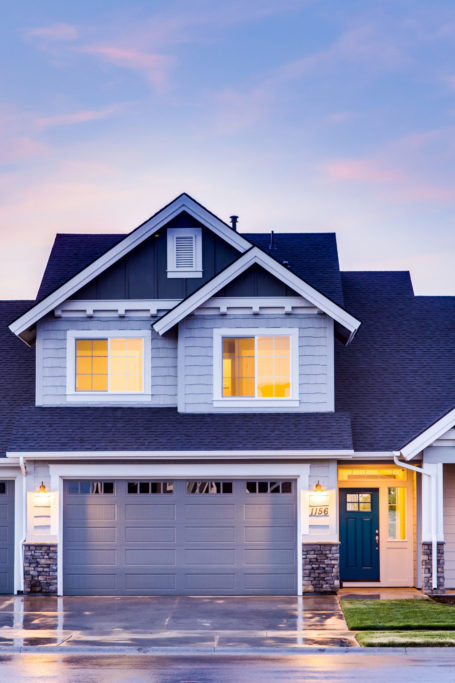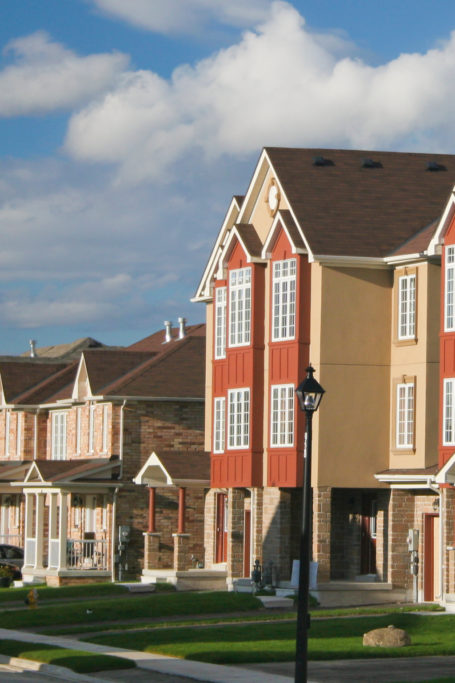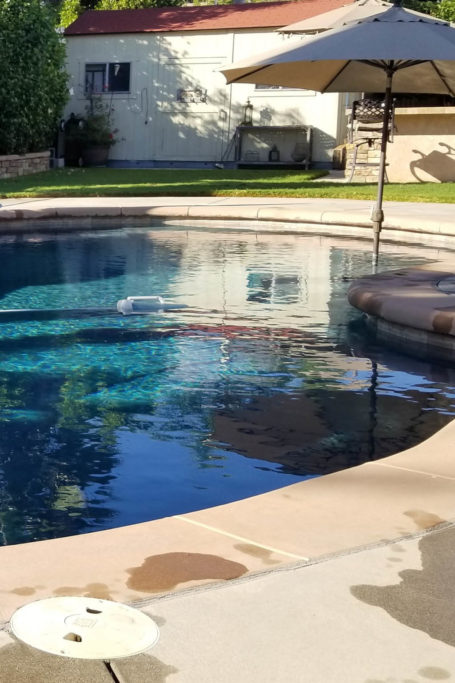Blurring the Lines between Indoor and Outdoor Living
In recent years, the concept of linking indoor and outdoor living spaces has gained significant popularity in contemporary home design, and it’s not hard to see why.
People love the comfort of home, and they also love the wonder of the great outdoors. So why not have the best of both worlds? With a bit of planning and effort, you can create a seamless design that gives you a beautiful, functional, and boundary-free living environment to enjoy year-round.
Connect your spaces
To promote indoor-outdoor living, it’s important to eliminate physical boundaries that demarcate the inside and outside areas of your home, such as thresholds and solid walls and doors, to create a clear connection between the two. As you consider the design, ensure the transition is visually appealing and practical. For instance, you could expand your main living space by adding or taking advantage of an existing patio, deck, or balcony. This would increase the overall square footage of your home and provide ample areas to relax, dine, and entertain. (This is especially beneficial for smaller homes or urban dwellings, where space is often limited.)
In addition to modifying the physical layout, select furnishings that work well in both your indoor and outdoor spaces. This can include plants, natural fibers, and earth-tone colors, all of which will help develop a cohesive and harmonious atmosphere throughout.
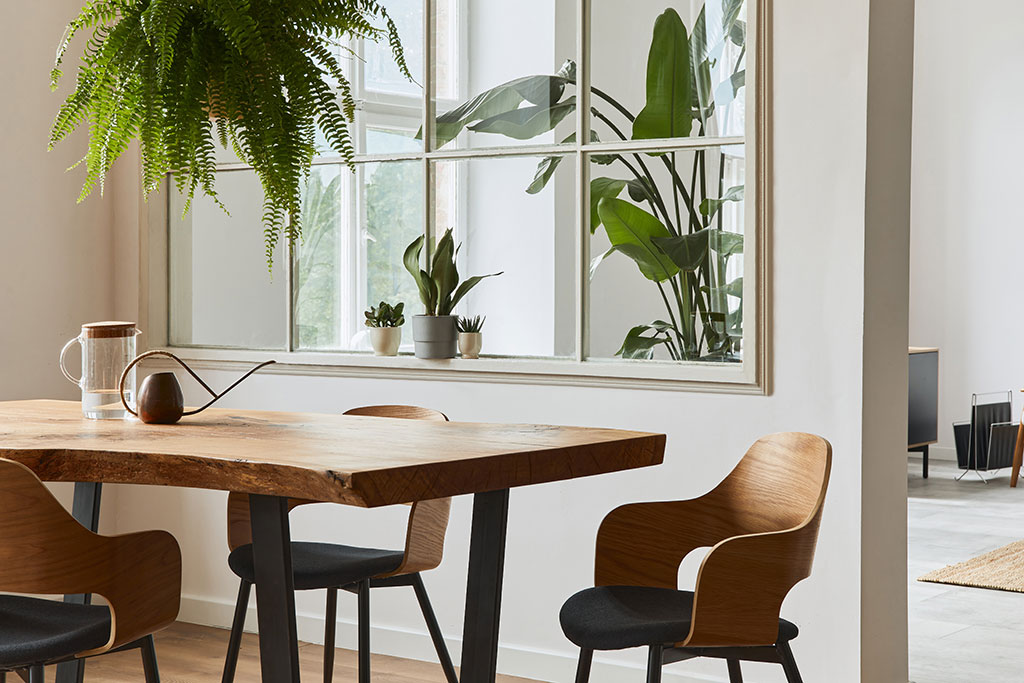
Add visual portals
Installing glass doors, spacious palladian windows, or skylights in your home can significantly enhance the influx of natural light and the circulation of fresh air, facilitating an easy transition between the different areas of your home. Depending on your location, implementing these design elements may also improve the aesthetics of your living spaces by giving you a better view to enjoy.
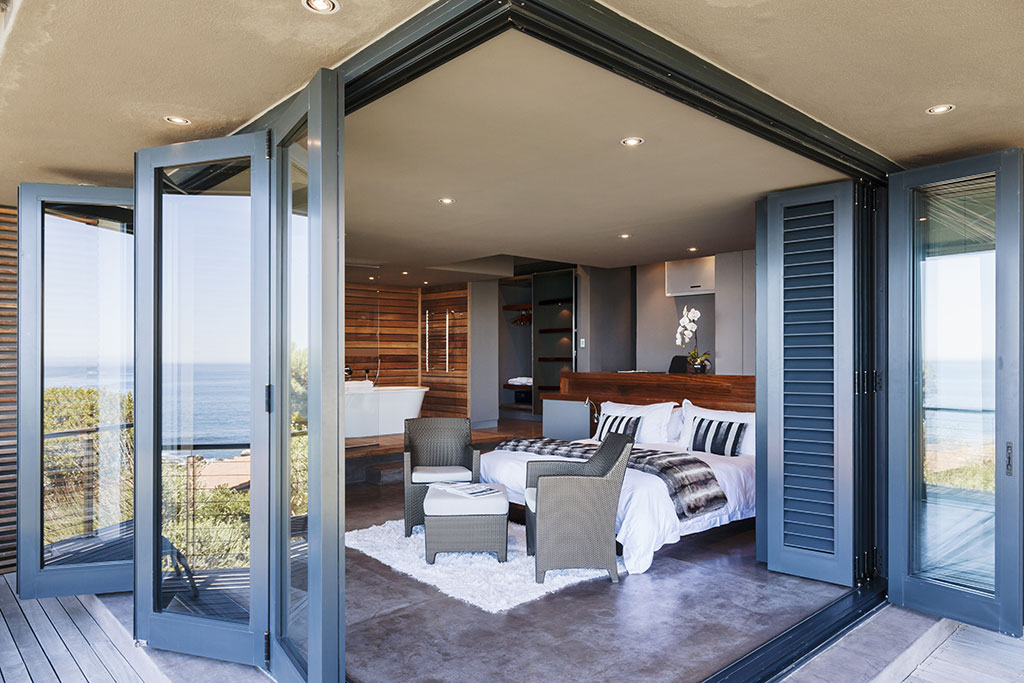
Enhance your lighting
Even if you aren’t able to invest in more windows, there are still many ways you can maximize the amount of light in your indoor spaces. For example, replace light-blocking blinds with more airy alternatives, such as fabric curtains or drapes, to allow more natural light to enter the room, making it brighter and more vibrant. Similarly, you can enhance your outdoor spaces by installing mood lighting with dimmers, illuminating your landscaping with spotlights, and incorporating soft overhead lighting in gathering spaces to ensure sufficient visibility for social activities.
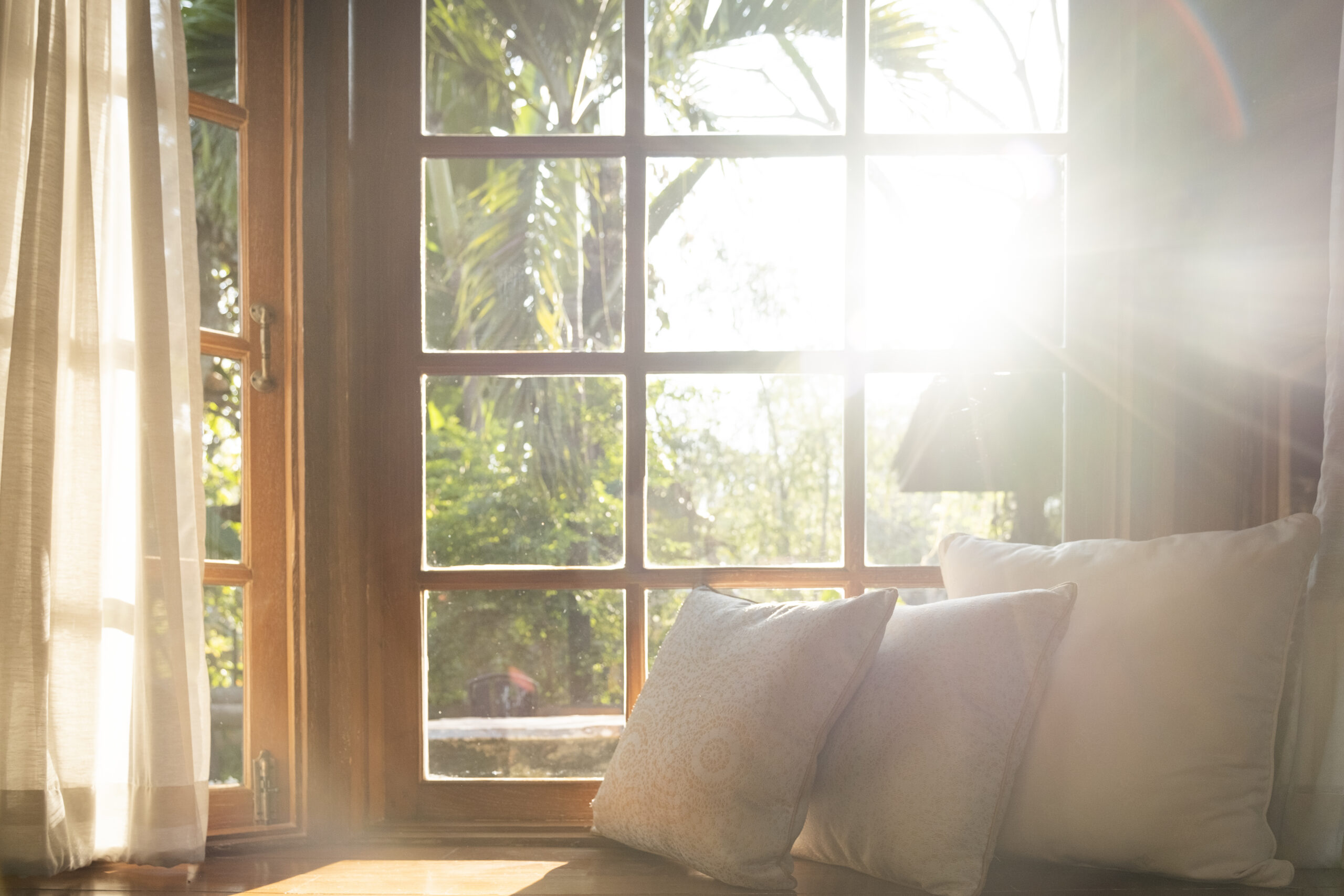
Upgrade your flooring materials
Whether you have a deck, patio, or concrete balcony, there are various ways to blend your indoor and outdoor flooring for a simple transition. For example, if you have a deck, consider selecting composite materials that mimic wood grain patterns’ warmth and natural appearance. These materials are not only highly resistant to fading and deteriorating but can also work well with your interior flooring, whether it’s carpet, wood, or stone. Using natural flooring and mixing it with neutral colors and textures is another way to create a seamless flow between the two spaces.
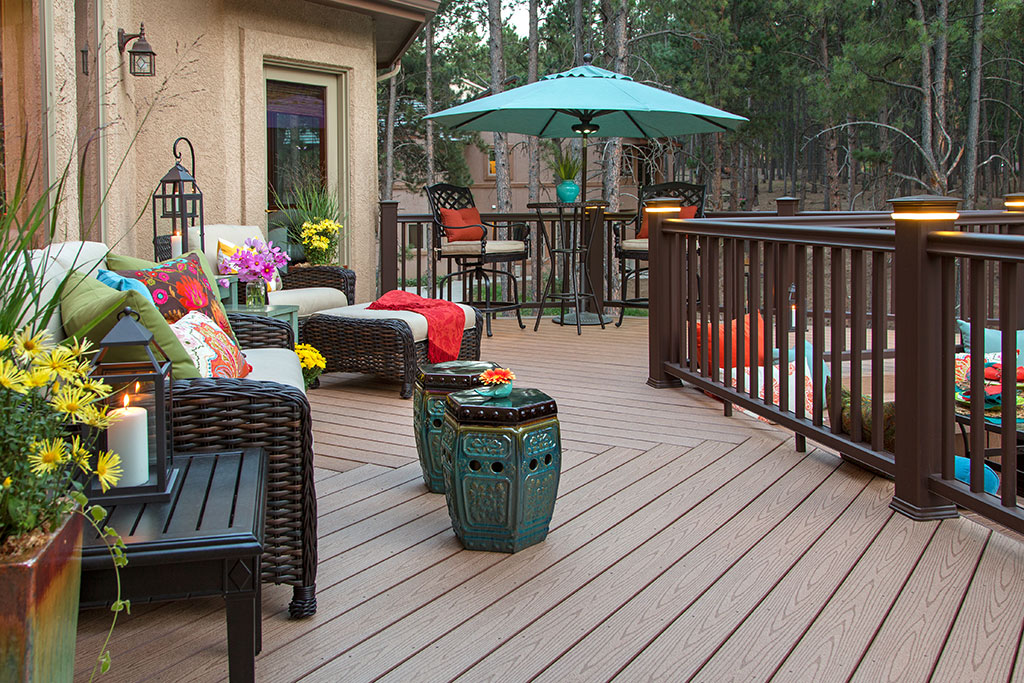
Integrate natural elements
Introducing natural features into your design is a great way to bring the outdoors inside and take advantage of its numerous benefits, including enhancing your home’s aesthetics, improving the air quality, and promoting a sense of tranquility. For instance, you can place potted plants or build a small garden near the entryway, bridging the gap between your indoor and outdoor spaces. These additions would not only provide visual appeal but also contribute to reducing stress levels.
You could also install an indoor water fountain, either wall-mounted, freestanding, or tabletop, close to the pathway that leads outside. The sound of water engages multiple senses, such as sight, sound, and movement, creating a soothing effect that fosters a deeper connection with nature.
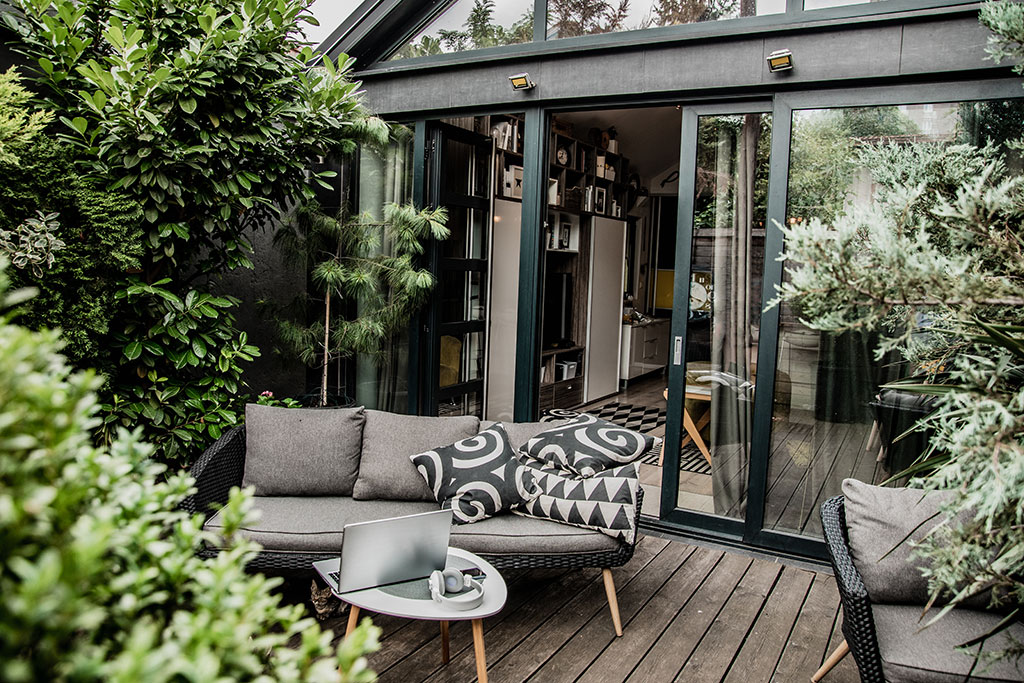
Build an outdoor kitchen
An outdoor kitchen can be the ideal addition for those who enjoy cooking, dining, and entertaining among nature. Its design can be as elaborate or straightforward as you desire, depending on your budget and preferences. To ensure maximum convenience, consider keeping the floors at matching levels. This can minimize the effort of transporting food between the two areas, making your outdoor culinary experience more functional and enjoyable.
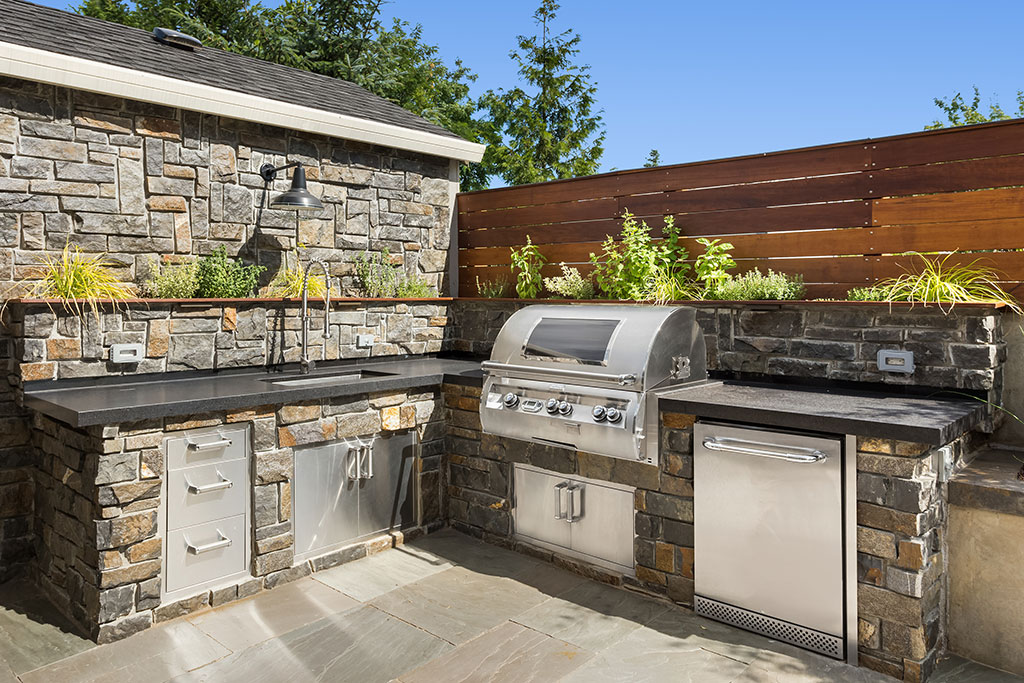
Install outdoor entertainment
By adding certain features to your outdoor space, you can extend your entertainment enjoyment beyond the confines of your living room. Opt for a weatherproof TV with a bright screen to ensure it stands up to the elements, and consider utilizing surround sound for an immersive experience. This way, you can enjoy your music throughout your entire home and watch your favorite TV shows or movies either indoors and outdoors.
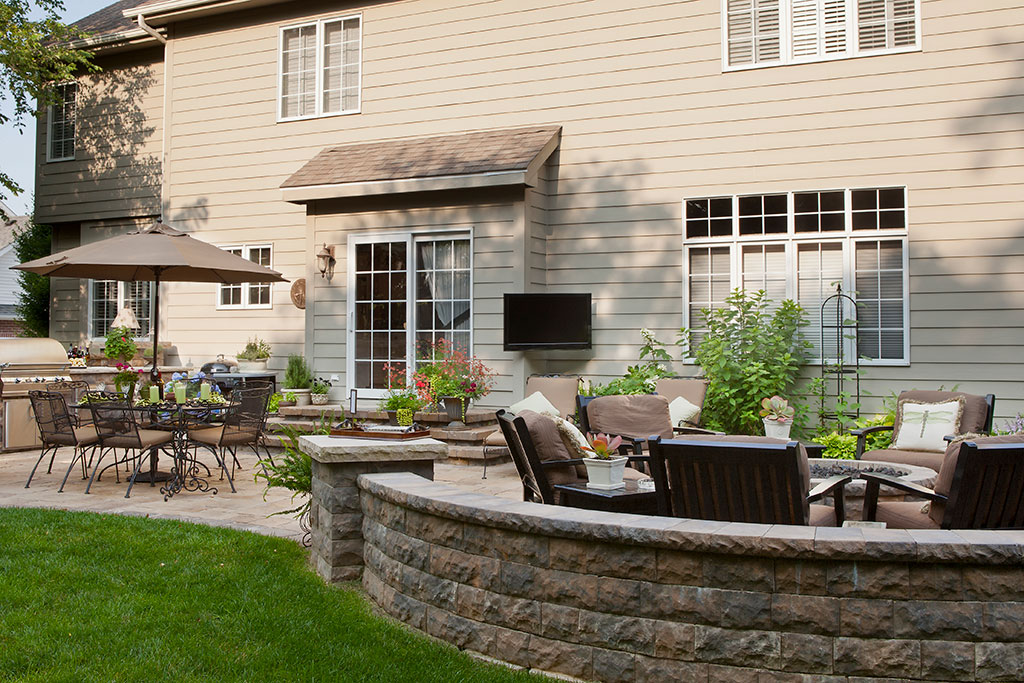
Plan for weather
As you create your design, consider the predominant weather conditions in your area, particularly during less favorable times of year. If you live in a warm climate, prioritize having sufficient shading and good ventilation in your outdoor area to maintain airflow and ensure you can comfortably use your outdoor kitchen even in hot weather. On the other hand, if you reside in a cooler climate, consider incorporating features like a firepit or a heat lamp to provide warmth during chilly evenings, allowing you to continue enjoying the space no matter the temperature.
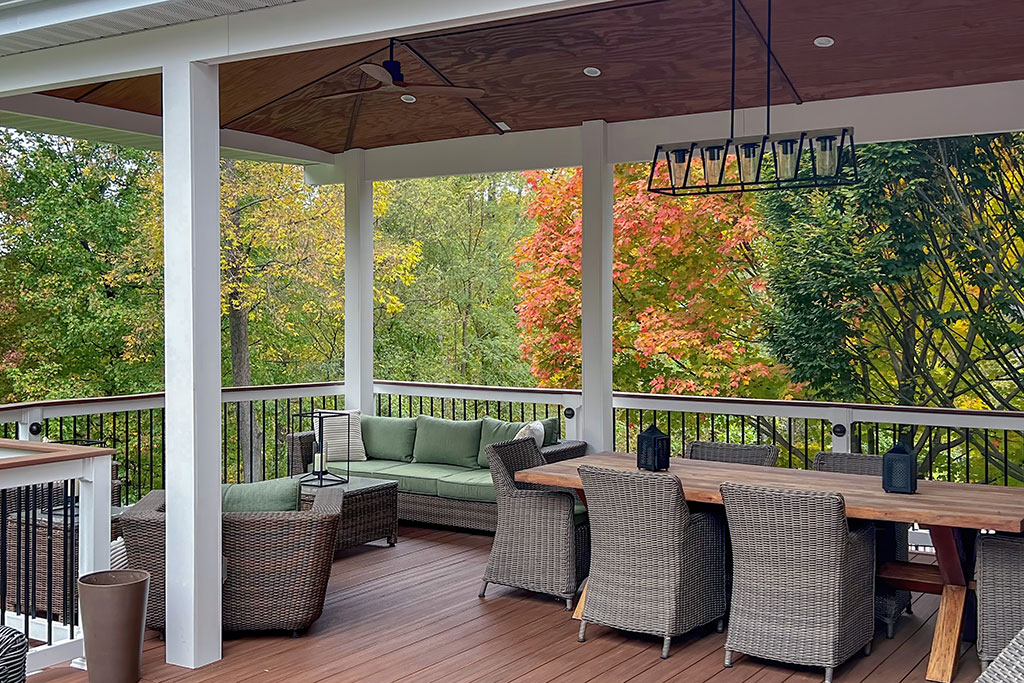
By bringing the outdoors in and blurring the boundaries between your home and the natural world, you can enjoy a wide range of aesthetically pleasing and functional benefits.


